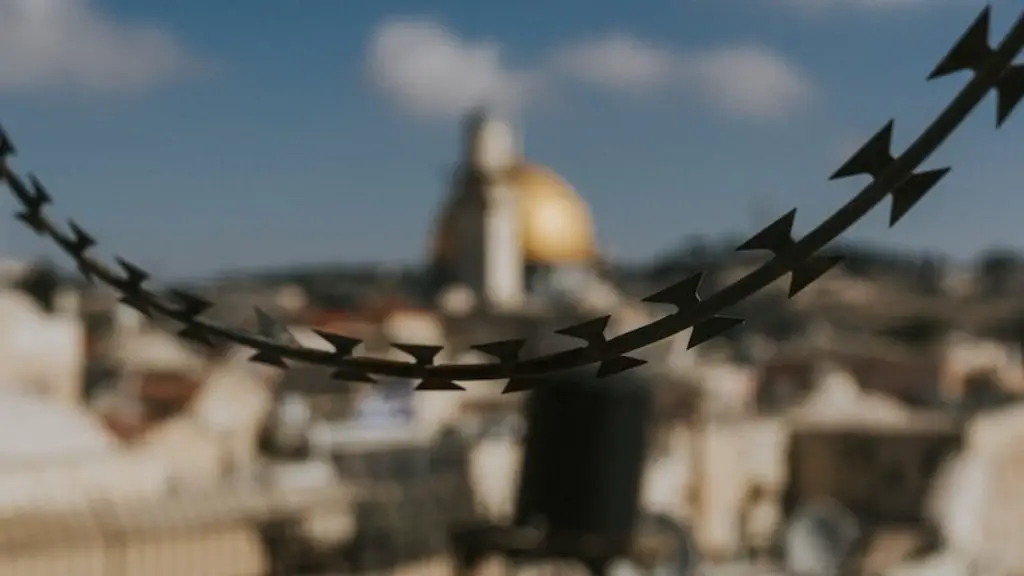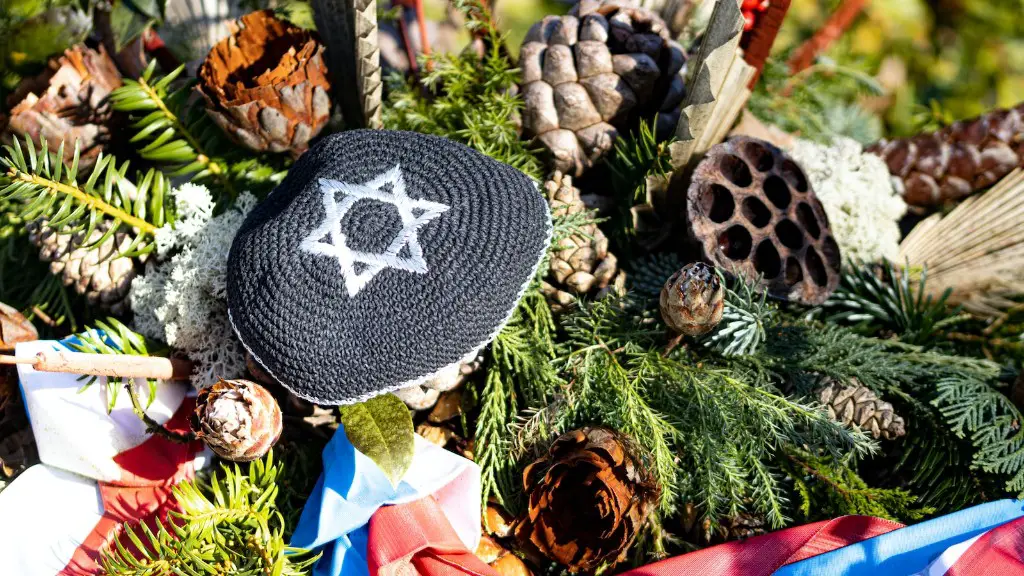Hinduism, originating from the Indian Subcontinent and currently one of the world’s biggest religious communities, is renowned for its offshoots and multiple directions. As per its succinct definition, Hinduism is the oldest known religion and there are many gods that are worshipped in it, variously known as the Devas. As the name suggests, the sheer number of gods in Hinduism can be confusing and difficult to comprehend at times. Although, the Hindus have a long list of gods and goddesses, one god stands out from the rest , and that is the one god that brings the Hindus closer to their religion and culture.
The main god in Hinduism is the almighty Lord Vishnu, often mentioned in Hindu literature written several millennia ago. In Hinduism, Lord Vishnu is the Supreme God and is believed to be the sustainer of the universe. Hence Lord Vishnu possesses multiple attributes that make him the main God. Lord Vishnu is believed to be the most powerful among the three main gods in Hinduism namely, Lord Vishnu, Lord Shiva and Lord Brahma. He has many avatars, both human and animal form, to help save and protect humankind from the maleficent forces of evil. Some of Lord Vishnu’s most famous avatars are Rama, Krishna, Matsya, Narasimha and Parasurama.
Lord Vishnu is portrayed as a blue-complexioned four-armed figure holding a conch, a mace, a disc and a lotus, each symbolizing his power, compassion and love for the people he protects. He is usually wearing yellow clothing and sitting or standing on Garuda, his vehicle, which is a large bird symbolizing his association with nature. He is usually depicted alongside two other gods, Shiva and Brahma, which shows his importance in Hinduism. Hindus also often seek blessings and guidance from Lord Vishnu for a healthy and prosperous life.
Lord Vishnu is also known as the Preserver of the universe who is responsible for maintaining and sustaining it. Similarly, there are four goals that Hindus have to pursue in life, called Purusharthas – Dharma, Artha, Kama and Moksha, which are all sustained and safeguarded by Lord Vishnu. It is Lord Vishnu’s role to help people understand and follow these four goals to achieve an enjoyable and worthy life. Moreover, by devoting our lives to Lord Vishnu, we can receive blessings, protection and guidance from him.
At the same time, it is the Lord Vishnu’s willingness to launch several avatars that truly shows his immense devotion and love for the people. By becoming present in multiple forms, Lord Vishnu is said to show the people of different times the correct path of living their lives and fighting the evil influences. One of the most famous examples is the avatars of Rama and Krishna, who are believed to be manifestations of Lord Vishnu and served as guides for the people of their times.
In conclusion, Lord Vishnu is the main God in Hinduism and is believed to sustain the universe, guide people to live in a pious manner and take various forms to fight the maleficent forces. He is said to be the most powerful among all other gods with multiple forms and attributes. His presence in Hindu literature and ancient texts proves his importance in Hinduism.
God Vishnu – Vishnu’s Symbolism
God Vishnu is the most important god in the Hindu pantheon, and is symbolized by his many discerning and powerful avatars, as well as his four-armed form. Each of Vishnu’s four arms symbolize the four fundamental characteristics of human life, namely Dharma, Artha, Kama, and Moksha. Dharma is the path of truth and righteousness, and Artha and Kama are the two material aims of an individual’s life, while Moksha symbolizes a person’s spiritual liberation from the cycle of pain and suffering.
Vishnu is also symbolized by the beautiful Sudarshana Chakra, which represents his ever watchful eye over his devotees. The chakra represents his desire to protect his devotees from harm and ensure that justice prevails in the world. His vehicle is often portrayed as the divine garuda, which is said to represent strength and intelligence. Other symbols associated with Vishnu include the conch shell and a lotus. The conch shell symbolizes the all-pervading nature of the god whereas the lotus is said to represent love and compassion. All these symbols, combined with his many avatars, are what make Lord Vishnu the main god of Hinduism.
Brahma – The Creator
Brahma, the supreme being in the pantheon of Hindu gods and goddesses, is the Vedic god of creation. He is the first member of the Trimurti and the Creator of the Universe. He is represented in a four-headed form, each head facing the four cardinal directions. Brahma’s biggest role is to create and sustain the universe and ensure that dharma prevails for all. As Brahma is placed at the top of the hierarchy in the Hindu religion, he is traditionally seen as the most powerful god, even more so than Vishnu.
Brahma is symbolically represented by the sacrificial altar, which depicts his creative powers. He is also sometimes represented by a swan, which is believed to have the capacity to separate the essence from the inessentials. Brahma is also depicted with four faces, four arms and four legs, symbolizing his omniscience and omnipresence. Brahma is also sometimes depicted with five heads, which symbolize the five elements that make up the universe.The five heads combine to form the five faces of Brahma, which represent the five cosmic principles known as Purusha.
Another symbol used to represent Brahma is that of a lotus. The lotus is said to represent his creative powers, as well as his desire to create beauty and harmony in the world. The other symbols associated with Brahma include the Vedas, the Vedic fire altar, and the Svastika. Together, these symbols are what make Brahma one of the main gods in Hinduism.
Shiva – The Destroyer
Shiva, or Mahadev, is the third member of the Trimurti and the god of destruction. As the name implies, Shiva is believed to preside over the ultimate destruction of the universe. He is also the god of renewal and regeneration, as he is said to be responsible for the death and rebirth of all creatures in the world. Shiva is depicted as a four-armed figure, holding fierce weapons and sitting atop a bull. He may also be seen with a cobra around his neck, which symbolizes his fierce and untamable nature.
The trident is one of the most important symbols associated with Shiva, as it symbolizes his destructive power and power to renew. His third eye is another important symbol of Shiva, as it is said to represent his all-seeing vision. The crescent moon is also said to be one of Shiva’s symbols and represents his ability to create and destroy. The word Shiva is derived from the word shva, which means ‘auspicious, kind and blissful’. This is what makes Shiva one of the main gods in Hinduism.
Goddess Parvati – The Kali Avatar
Goddess Parvati is Shiva’s consort and the goddess of beauty and fertility. Parvati is represented by her various forms such as Uma, Sati and Kali. Her most prominent form is that of Kali, the powerful form of Shakti who is the destroyer of evil. She is depicted as a compulsive warrior with four arms holding a trident, a noose, a discus and a bowl of wisdom. Kali’s black color is said to represent her dark, protective nature.
The tiger is a common symbol associated with Goddess Parvati, and is believed to represent her fierce and powerful nature. The lotus flower is also another symbol associated with Goddess Parvati, and is said to represent purity and power. The crescent moon is also a symbol associated with the Goddess and represents her ability to create and destroy, just like Shiva. All these symbols are what make Goddess Parvati one of the main gods of Hinduism.
Conclusion
Hinduism has a large variety of gods and goddesses that are worshipped and revered by its followers. In spite of this, there are some gods and goddesses that have a special place in Hinduism and stand out from the rest. Lord Vishnu is considered to be the main God in Hinduism and is believed to be the sustainer of the universe. He is the one who helps in understanding and following the four goals in life and has several avatars or forms. Other important gods in Hinduism are Brahma, the creator, Shiva, the destroyer, and Goddess Parvati, who is the consort of Shiva and is represented in her various forms.

